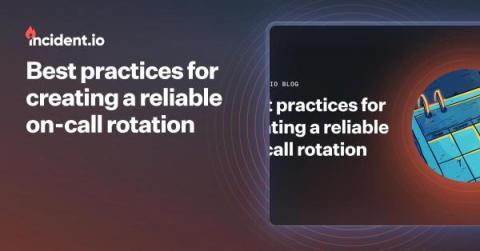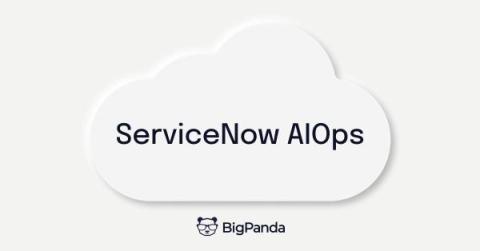Alert payload standardization: Your secret to better AIOps alert correlation
Monitoring tools share alerts in a variety of formats, with inconsistent data points and crucial information missing. That leaves you and your team stuck in the middle, trying to analyze and act on incomplete or irrelevant alerts requiring lots of manual intervention, time, and energy to communicate and coordinate during incident response. Standardizing your alert payloads is a key starting point if you want to improve your alert correlation.











